Hawker Hurricane RAF
Production Time 9 to 10 weeks
Shipment is by FedEx, UPS or DHL International Express Courier with a normal door-to-door delivery time worldwide of within 2-3 business days after dispatch. Due to the current volatility of world fuel prices, the amount mentioned here is our best estimate for DHL and UPS and may be subject to change at the time of shipping.

Model Description: Hawker Hurricane RAF Wood Replica Scale Custom Model Aircraft
Manufacturer: Hawker Siddeley
Wingspan: 17 Inches (43.2 Centimeters)
Height: 5.6 Inches (14.2 Centimeters)
Scale: 1:28
$239.50
Production Time 9 to 10 weeks
-
United States dollar ($)
-
Pound sterling (£)
-
Euro (€)
-
Australian dollar ($)
-
Canadian dollar ($)
-
Singapore dollar ($)
-
Swiss franc (CHF)
-
Japanese yen (¥)
-
Danish krone (kr.)
-
Hong Kong dollar ($)
-
Norwegian krone (kr)
-
Swedish krona (kr)
-
United Arab Emirates dirham (د.إ)
General Product Description
Our PlaneArts Hawker Hurricane RAF model exhibits unique, unrivaled quality and detailed design to come as close as possible to the accuracy of the actual plane. It comes as standard with a robust, durable base or stand which is available in a variety of different finishes designed to match your own personal requirements including solid wood, wood with polished metal supports or adjustable wood wall mount and will be ready within about 9-10 weeks from placement of order.
The Hawker Hurricane RAF model is made of the finest kiln dried renewable mahogany wood (commonly known as Lauan or Meranti) which has undergone many stages of carving and meticulous and careful sanding giving the beautiful, finished museum quality masterpiece. Many collectors and model connoisseurs demonstrate their preference for genuine handmade and hand painted mahogany wood models rather than plastic or die cast (diecast) alternatives due to the overall look and totally different feel of the item - we trust you will find the same. We can however, if required produce the same model in Solid Cast Resin so just click and contact us for further information. Our craftsmen and gifted artisans ensure that our finely handcrafted model airplanes match the precise blueprint details of the original aircraft. The paint scheme, markings and parts are closely matched, reflecting the original aircraft. This stylish top-quality desktop replica model will surely enthrall anyone who receives this as a gift and for sure one of the most appropriate and desirably collectable gifts for any military aviation enthusiast and avid aircraft collector whilst also displaying a perfect resemblance to the actual real life version.
There are many types of military propeller aircraft, but the basic types are bombers, fighters, fighter bombers, spotter planes, transporters, patrol aircraft, trainers, and reconnaissance and observation aircraft. All these types of aircraft are used for different types of missions. If you're a fan of historic or present-day military aviation, our model aircraft will bring the excitement and character of these aircraft right into your own home. You can order a wood airplane model of a North American B-25 Mitchell Bomber, a B17 - Flying Fortress, or a P-51 Mustang Nervous Energy V not forgetting the Bf 109, Spitfire, FW 190, A6M Zero, P-38 and F4U. These classic, propeller airplane models are of the highest quality. Each is individually crafted by our expert craftsmen. They produce handmade scale mahogany airplane models of the finest aircraft from World War I and II to present day biplanes and triplanes.
If you require, we can also make the Hawker Hurricane RAF model in any other military, government or even private livery or colour scheme you require and if necessary, in a different size or scale. Just click here to contact us with a description or photographs of what you require, and we will let you have a quotation for the necessary customization by return email. We can also make bespoke scale replicas of any other private / civil commercial airliner or airliners, helicopter, glider, gliders with engines, military jet, warplane jets, biplane, triplane, tail fin, spacecraft, rocket or NASA model you require in any airline, military or civilian livery or colors. We also produce model airships, blimps, dirigibles, blimps, boats, and ship collectibles. Wall plaque or seal for military, government or private customers. Again, by clicking here to contact us just let us know exactly what you need.
The Hawker Hurricane: The Backbone of the Royal Air Force in World War II
The Hawker Hurricane, often overshadowed by the more glamorous Spitfire, was in fact a critical aircraft for the Royal Air Force (RAF) during World War II. It was praised for its durability, ease of maintenance, and formidable performance in battle. This article explores the Hurricane’s development, key technical specifications, and its pivotal role in the RAF during the war.
Development and Production:
Designed by Sir Sydney Camm in the early 1930s, the Hawker Hurricane was developed by Hawker Aircraft Ltd and made its maiden flight on November 6, 1935. It entered service with the RAF in December 1937, becoming the first monoplane fighter with a retractable undercarriage to serve with the force. By the outbreak of World War II, the Hurricane was one of the main fighters in the RAF’s arsenal.
Key Technical Specifications:
- Type: Single-seat fighter aircraft
- Engine: Initially powered by the Rolls-Royce Merlin II, producing 1,030 hp, later models used more powerful versions of the Merlin engine.
- Wingspan: 40 feet (12.19 meters)
- Length: 32 feet 3 inches (9.83 meters)
- Height: 13 feet 1.5 inches (4 meters)
- Maximum Speed: Approximately 340 mph (547 km/h) at 21,000 feet (6,400 meters)
- Service Ceiling: 36,000 feet (11,000 meters)
- Range: 600 miles (965 kilometers)
- Armament: Initially equipped with eight .303-inch (7.7 mm) Browning machine guns, later versions could carry bombs or additional cannons.
Operational Role:
During the Battle of Britain in 1940, the Hurricane accounted for more of the RAF’s victories than any other type of aircraft combined. Its robustness was showcased during intense combat, capable of sustaining considerable damage and still remaining airborne. Unlike the Spitfire, the Hurricane was also more versatile and was used in various roles including ground attack and escort duties.
The Hurricane’s airframe could withstand significant battle damage and was easier to repair and maintain, making it a favorite among ground crews. This resilience made it particularly effective during sustained campaigns, where operational readiness was crucial.
Legacy and Impact:
The Hurricane’s impact was not limited to the skies over Britain; it served on all fronts where the British fought. From the deserts of North Africa to the jungles of Burma, the Hurricane adapted to various combat roles, including interceptor, ground support, and reconnaissance duties. By the end of its production in July 1944, over 14,500 Hurricanes had been built, serving in dozens of countries around the world.
While it may not have the same level of recognition as the Spitfire, the Hurricane was undoubtedly a workhorse of the RAF, contributing immensely to the Allied war effort. Its adaptability and ruggedness ensured it left a significant legacy in the annals of military aviation history.
Conclusion:
The Hawker Hurricane’s extensive use throughout World War II underlines its effectiveness and crucial role in maintaining air superiority for the Allies. This aircraft was not just a tool of war; it was a symbol of resilience and adaptability, embodying the spirit of the RAF during one of the most challenging periods of the 20th century.
| Weight | 6 kg |
|---|---|
| Dimensions | 13.7 × 17 × 5.6 in |
Be the first to review “Hawker Hurricane RAF” Cancel reply
Similar Models
Helicopters
Military Airplanes - Propeller
Military Airplanes - Propeller
Military Airplanes - Propeller
Private & Civilian
Private & Civilian
Military Airplanes - Propeller
Military Airplanes - Propeller
Military Airplanes - Propeller
Military Airplanes - Propeller
Military Airplanes - Propeller
Military Airplanes - Propeller
Military Airplanes - Propeller
Military Airplanes - Propeller
Boats, Ships & Submarines
Boats, Ships & Submarines
Military Airplanes - Propeller
Military Airplanes - Propeller
Military Airplanes - Propeller
Military Airplanes - Jet
Military Airplanes - Jet
Military Airplanes - Jet
Military Airplanes - Jet
Military Airplanes - Propeller
Military Airplanes - Propeller
Military Airplanes - Jet
Military Airplanes - Jet
Military Airplanes - Jet
Military Airplanes - Jet
Military Airplanes - Propeller
Military Airplanes - Jet
Military Airplanes - Propeller
Military Airplanes - Propeller
Private & Civilian
Military Airplanes - Propeller
Military Airplanes - Propeller
Private & Civilian
Israel Aircraft Industries IAI-1124 Westwind TNT Air Couriers
Military Airplanes - Propeller
Military Airplanes - Jet
Military Airplanes - Jet
Military Airplanes - Jet
Military Airplanes - Jet
Military Airplanes - Propeller
Military Airplanes - Propeller
Military Airplanes - Jet
Military Airplanes - Jet
Military Airplanes - Jet
Military Airplanes - Jet
Military Airplanes - Propeller
Military Airplanes - Jet
Military Airplanes - Jet
Military Airplanes - Jet
Military Airplanes - Propeller
Military Airplanes - Propeller
Military Airplanes - Propeller
Military Airplanes - Propeller
Military Airplanes - Jet
Military Airplanes - Jet
Military Airplanes - Propeller
Military Airplanes - Jet
Private & Civilian
Military Airplanes - Jet
Military Airplanes - Propeller
Private & Civilian
Military Airplanes - Propeller
Military Airplanes - Jet
Military Airplanes - Propeller
Military Airplanes - Propeller
Military Airplanes - Propeller
Military Airplanes - Propeller
Military Airplanes - Propeller
Military Airplanes - Propeller
Military Airplanes - Jet
Military Airplanes - Jet
Private & Civilian
Military Airplanes - Jet
Military Airplanes - Jet
Helicopters
Helicopters
Helicopters
Military Airplanes - Propeller
Helicopters
Military Airplanes - Jet
Blackburn Buccaneer RAF 237 Operational Conversion Unit OCU Squadron
Military Airplanes - Propeller
Private & Civilian
Military Airplanes - Jet
BAe British Aerospace Hawk T.1 Mk.1 Royal Air Force RAF Red Arrows
Military Airplanes - Jet
Military Airplanes - Propeller
Military Airplanes - Propeller
Military Airplanes - Propeller
Military Airplanes - Propeller
Military Airplanes - Propeller
Military Airplanes - Propeller
Military Airplanes - Propeller
Military Airplanes - Propeller
Military Airplanes - Propeller
Private & Civilian
Private & Civilian
Helicopters
Private & Civilian

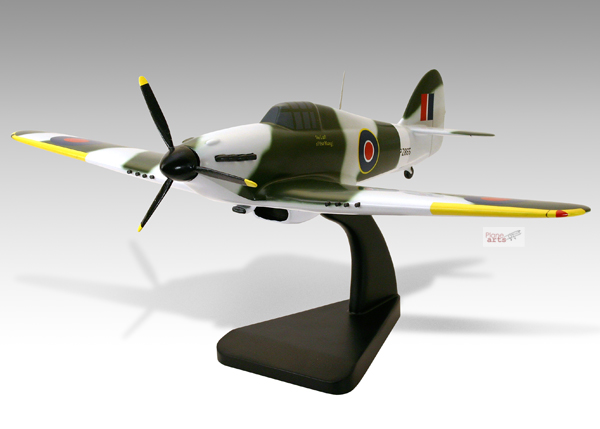
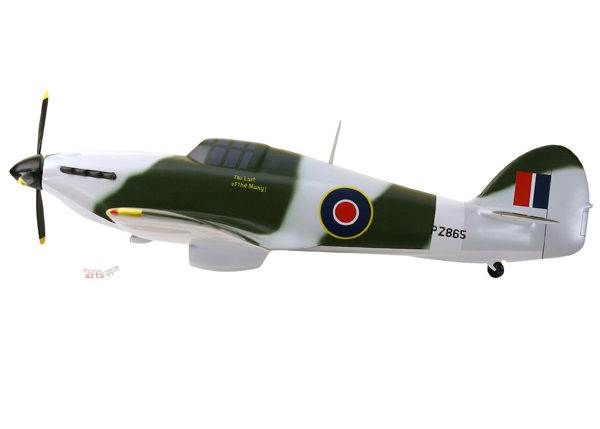

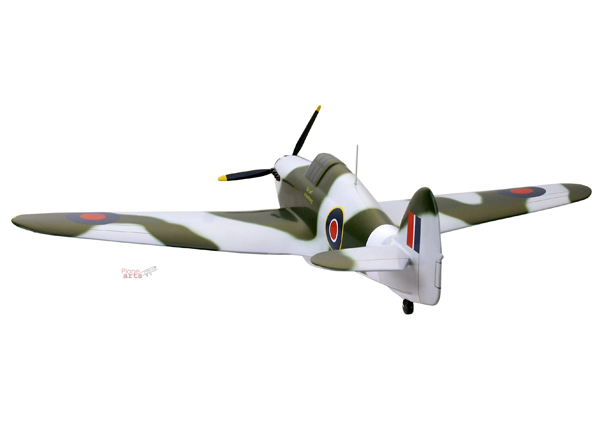
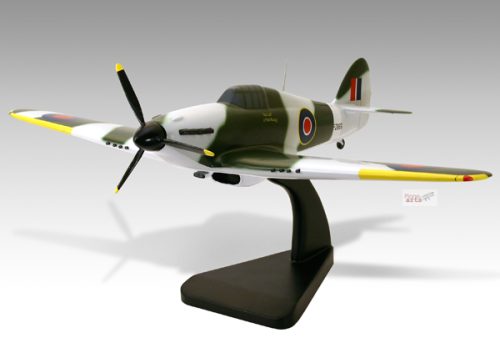
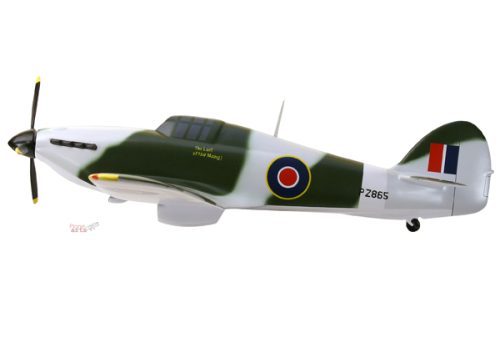
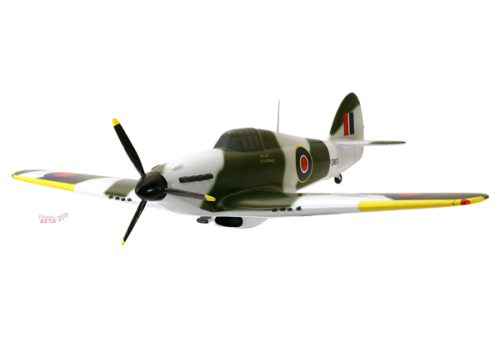
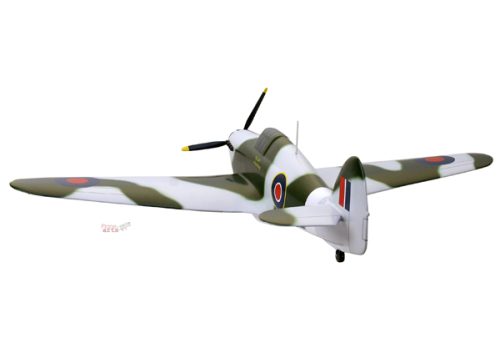
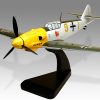
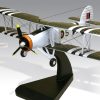
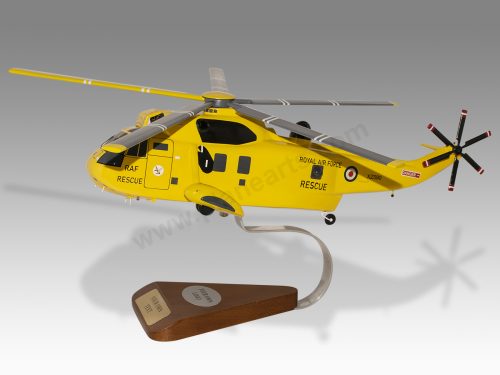
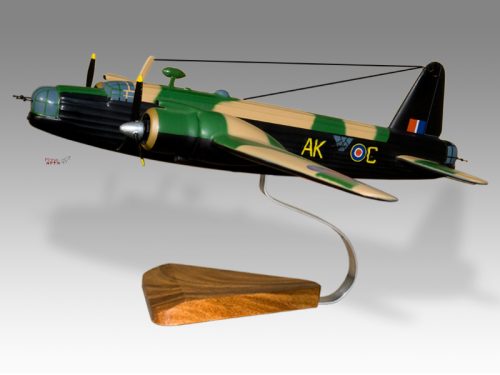

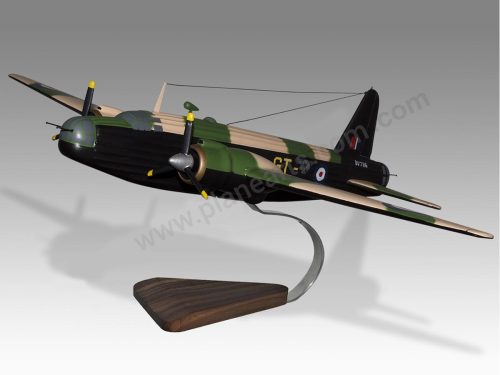

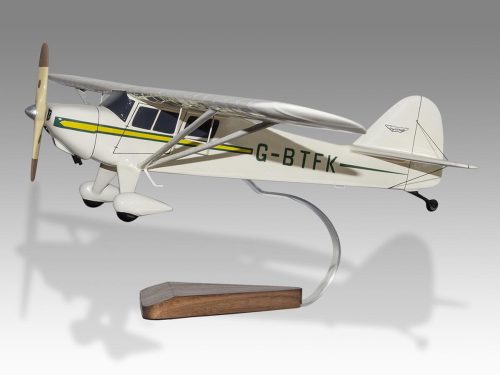
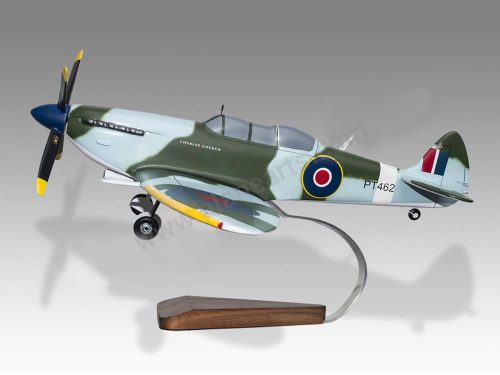
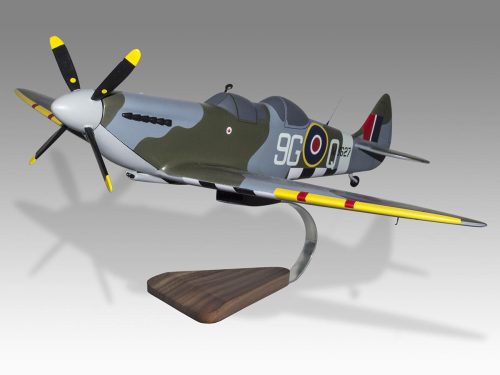
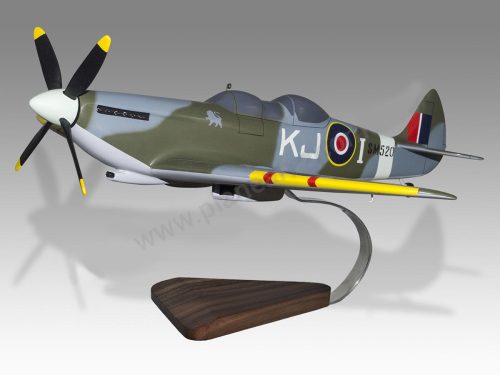
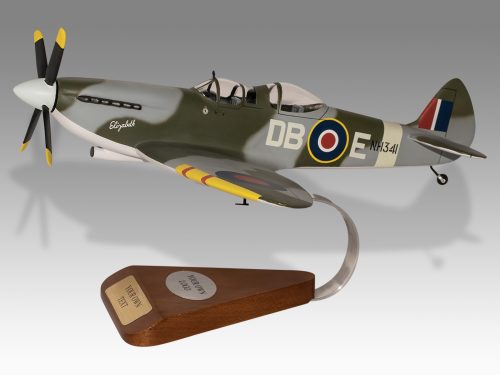
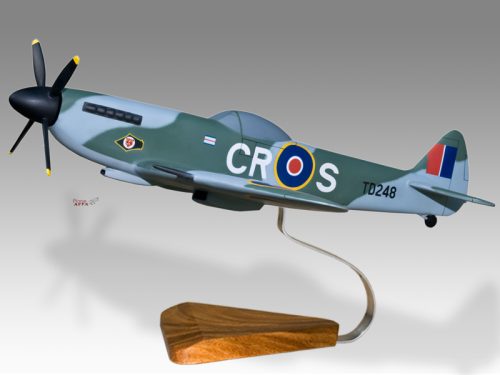
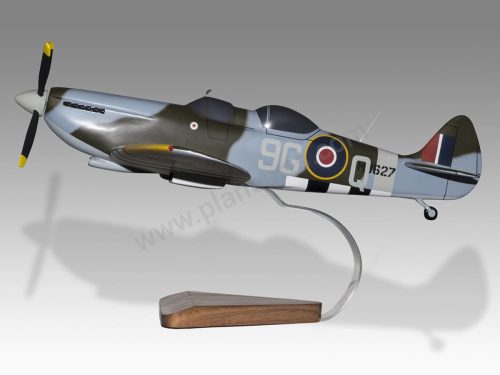
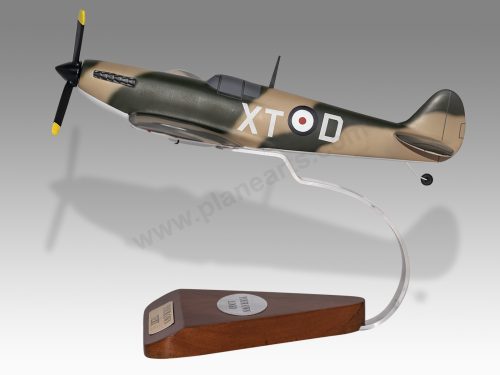
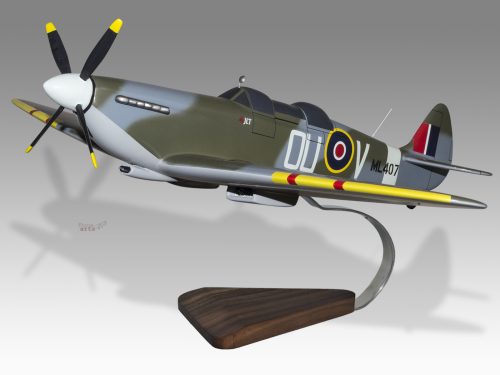




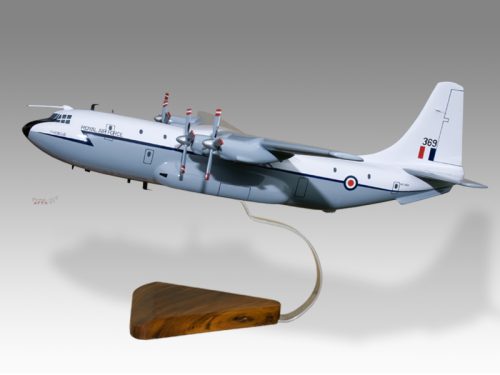

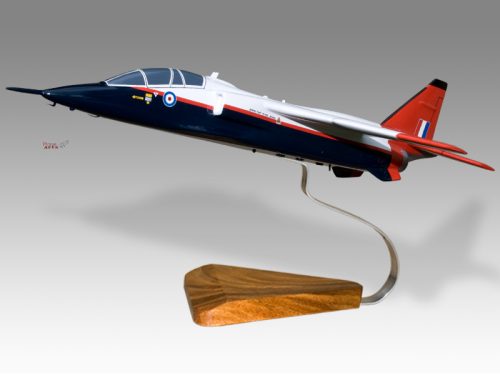
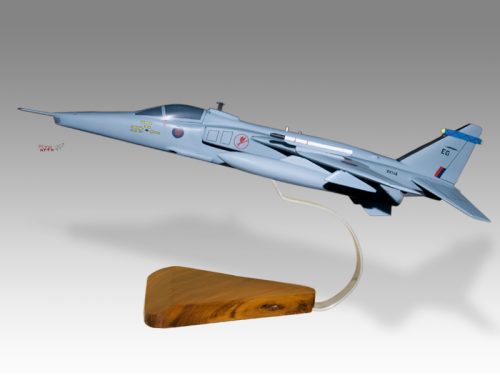
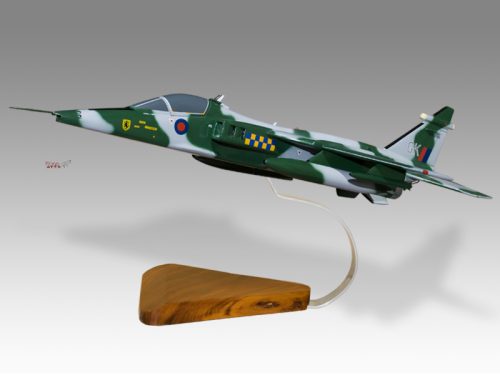
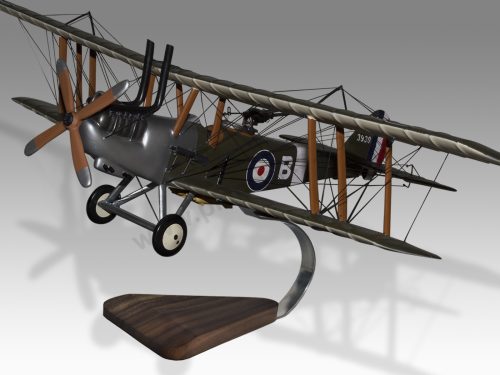
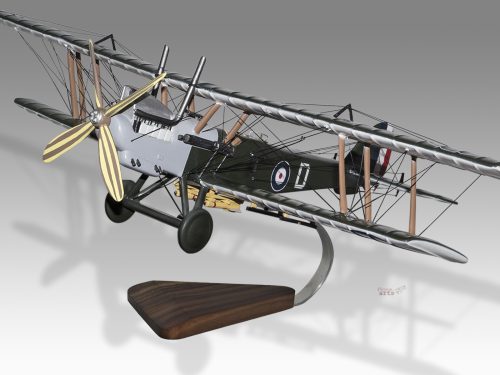
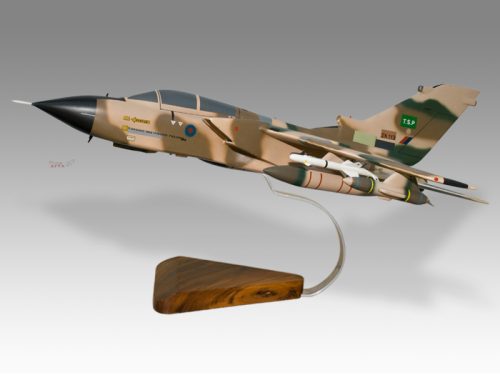
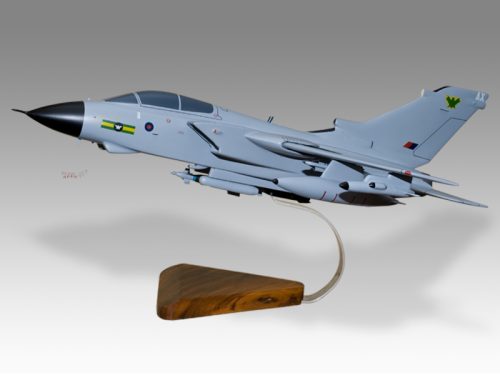
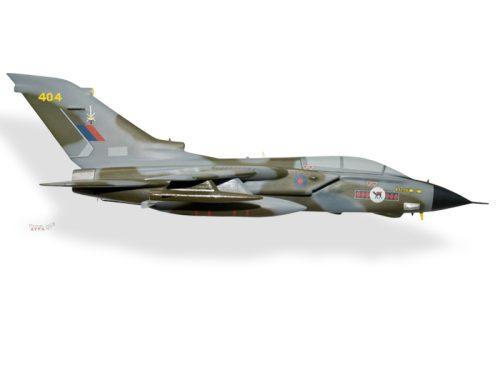
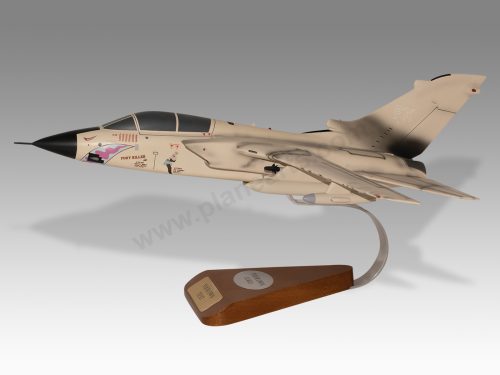
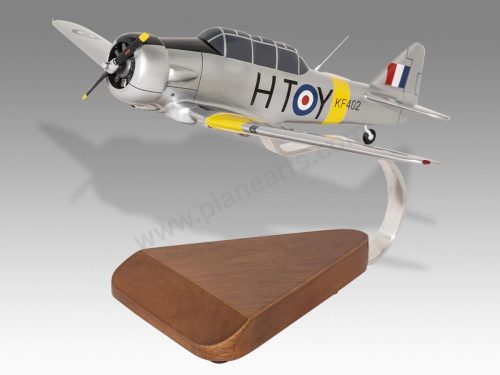

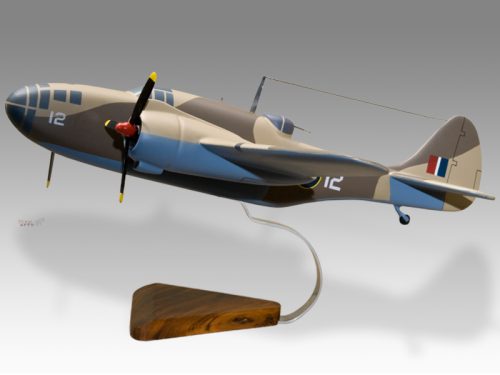
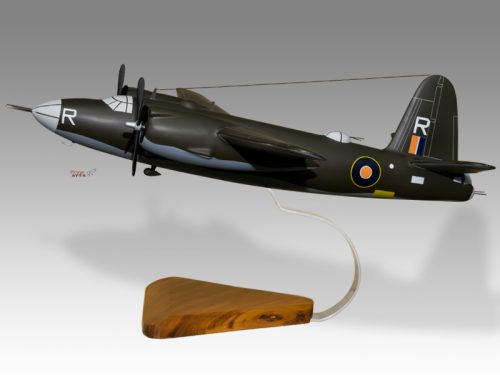

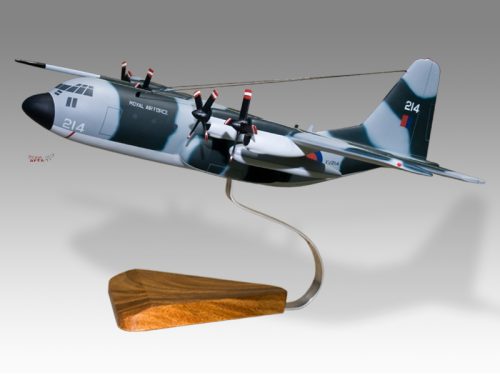



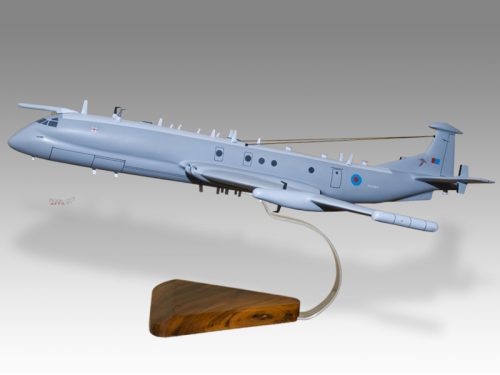
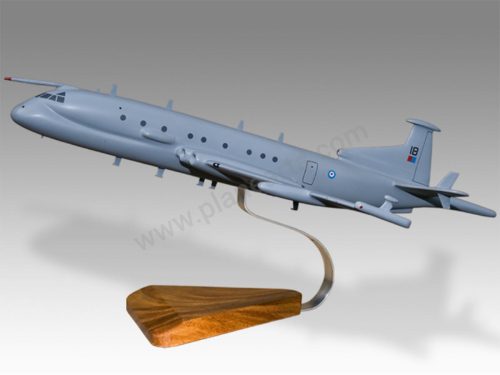


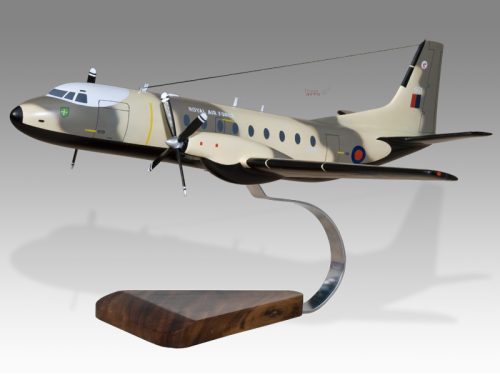


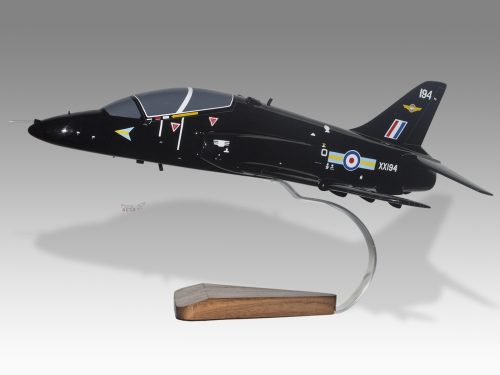
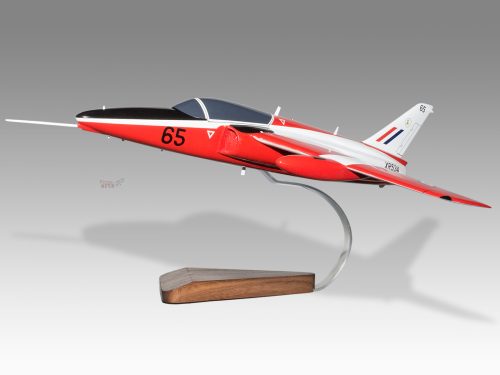
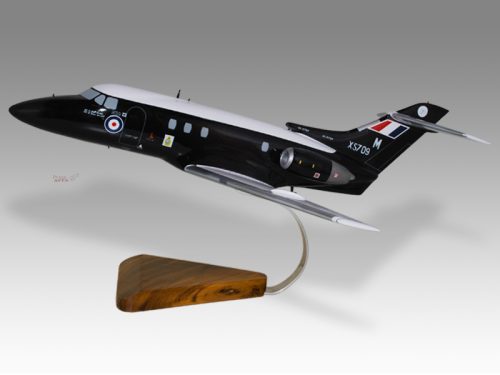
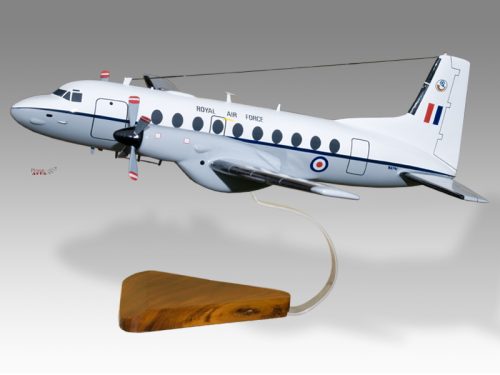
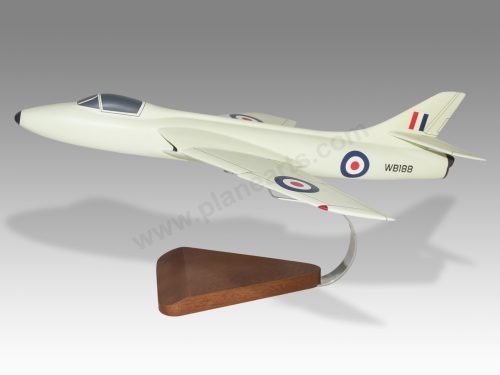
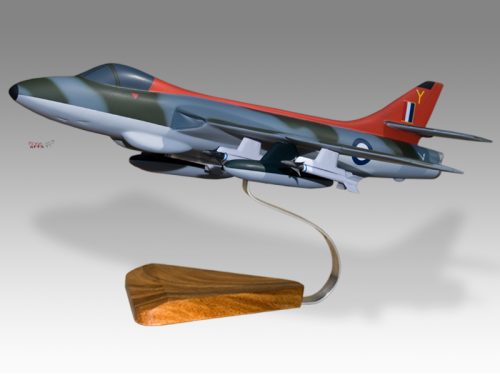

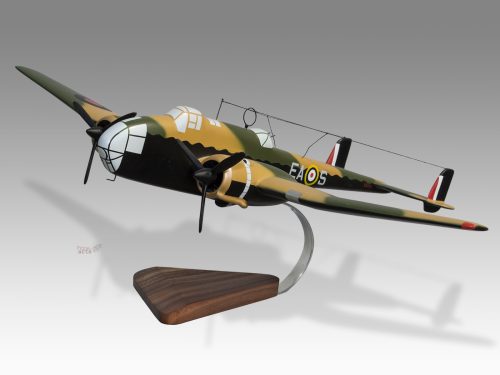

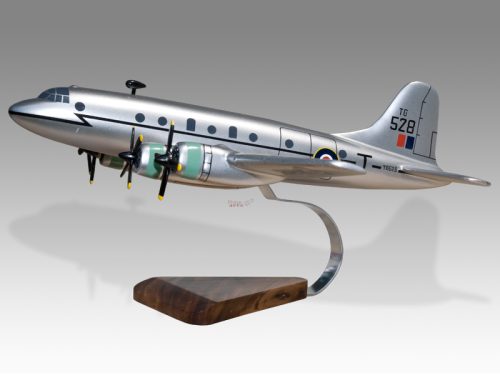
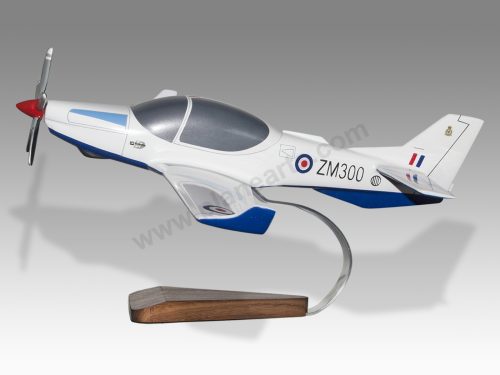

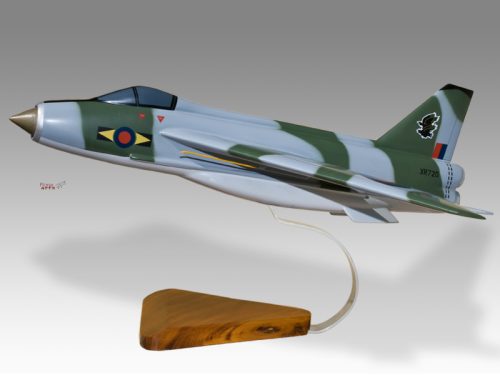


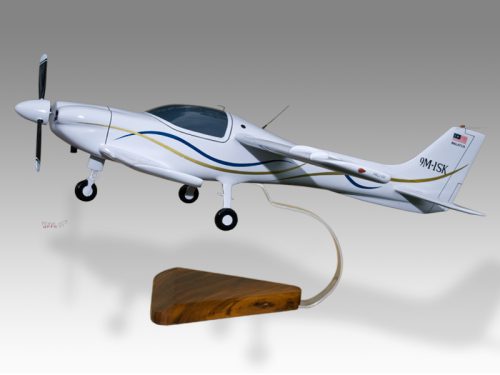
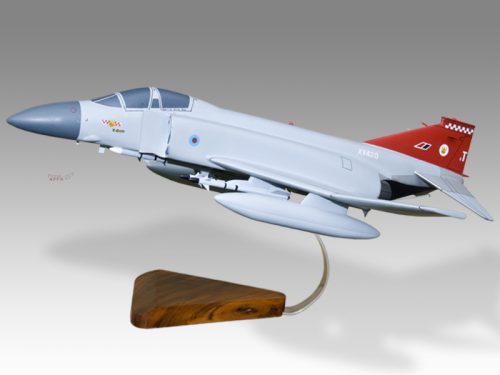
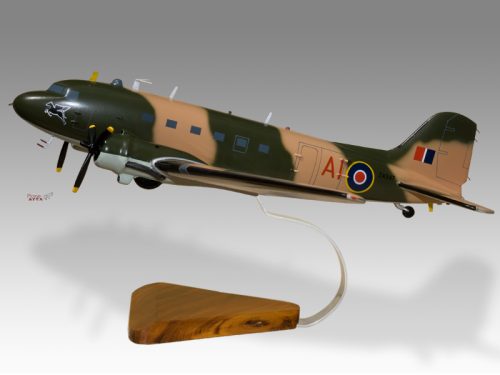

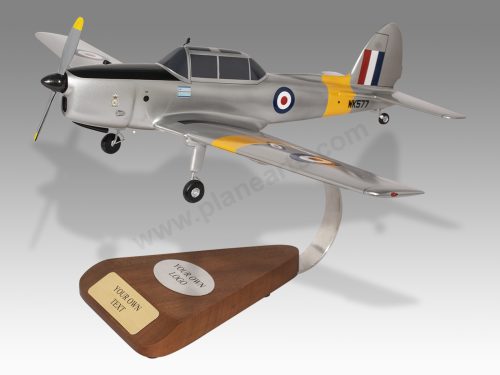
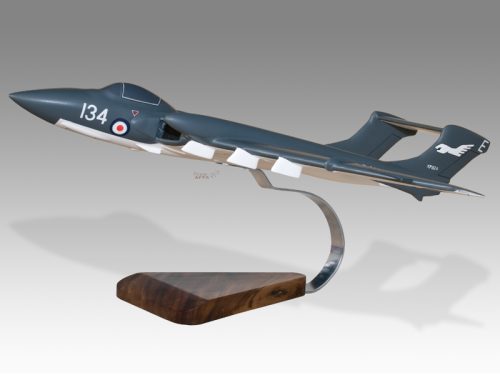
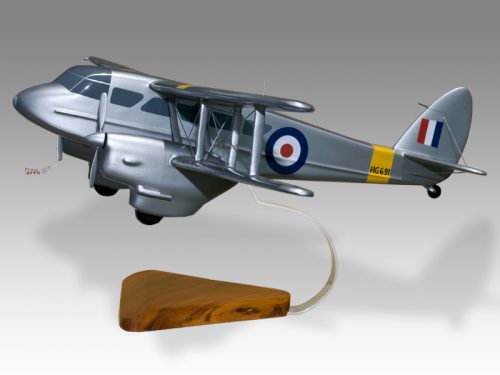
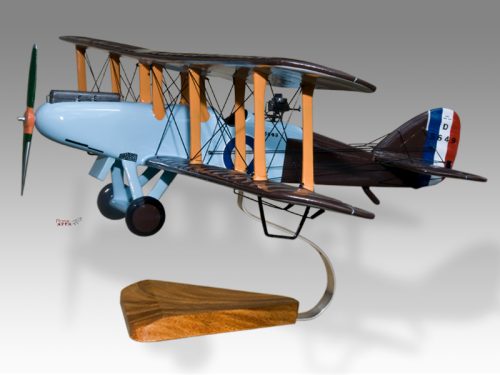
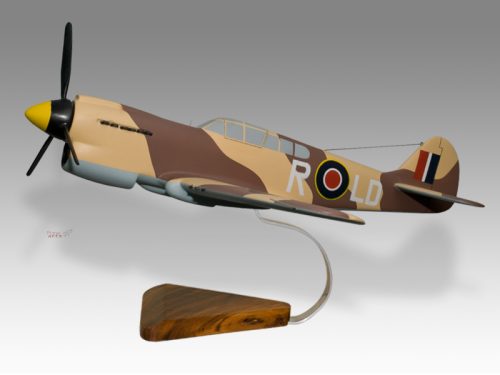

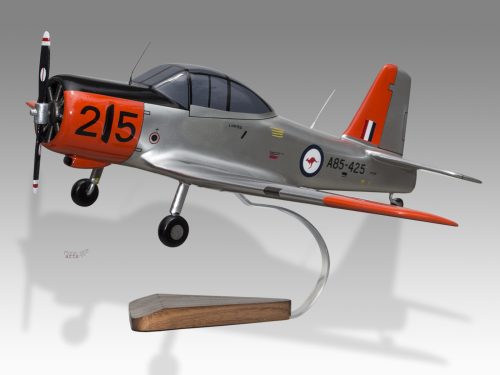

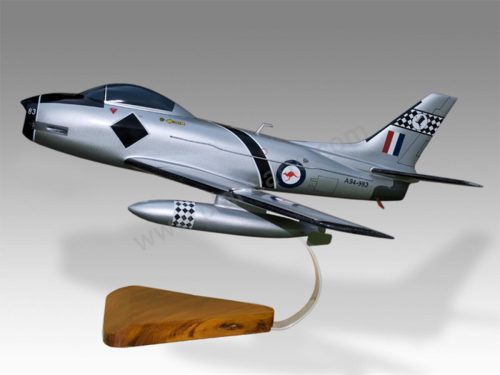
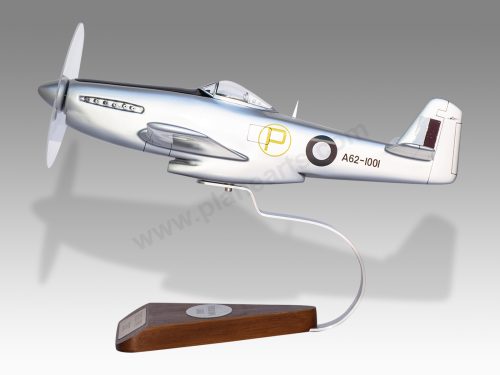
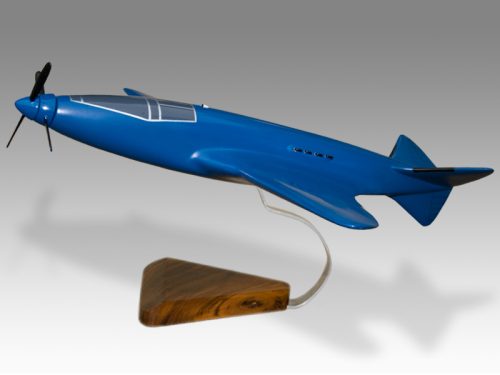
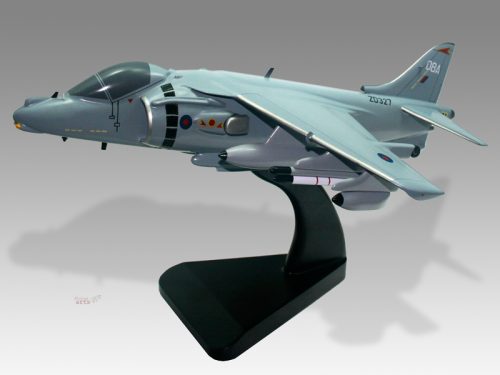
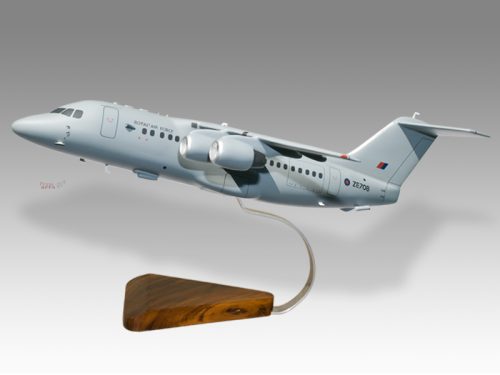

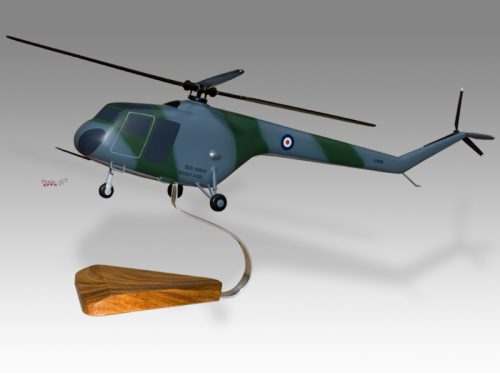
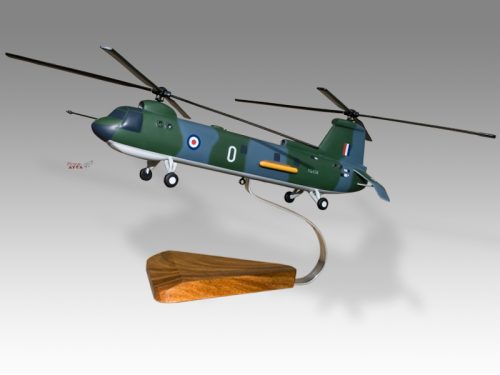

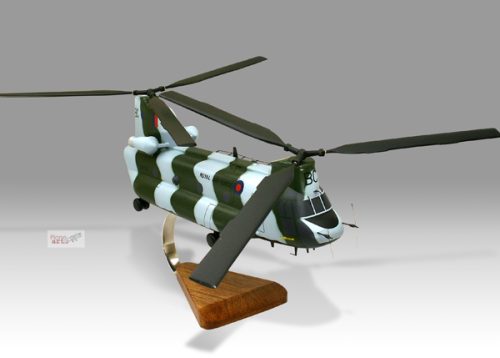
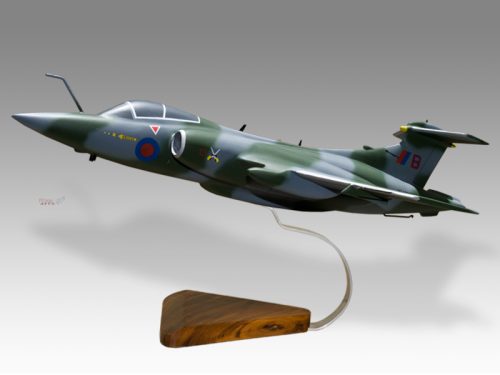
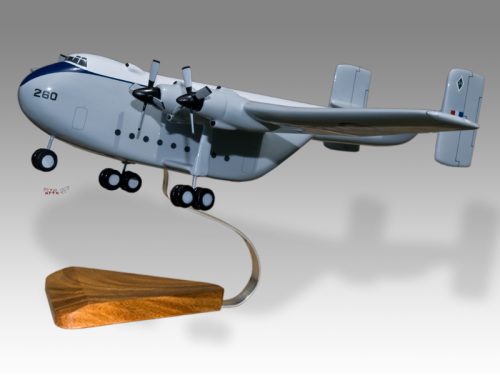
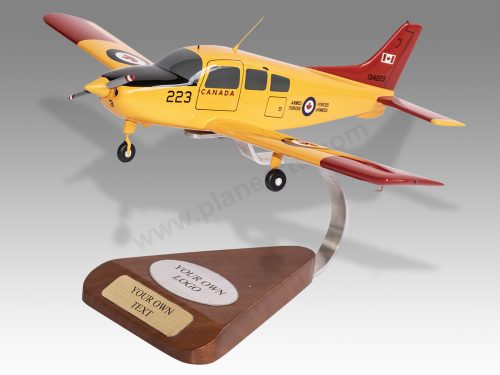

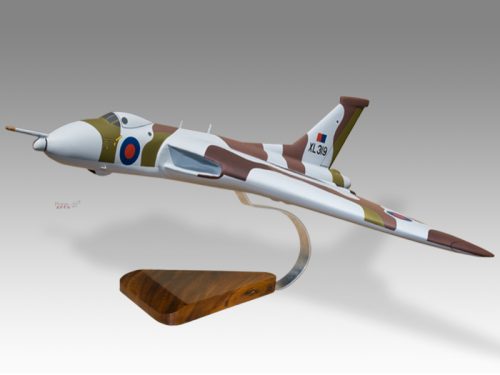
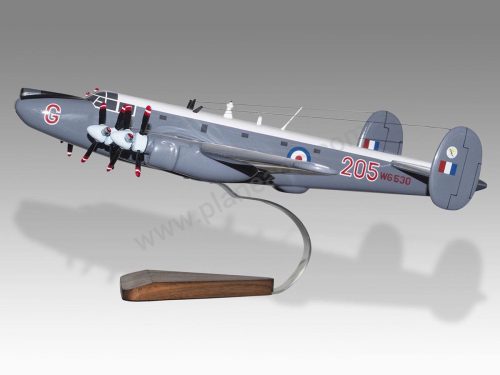

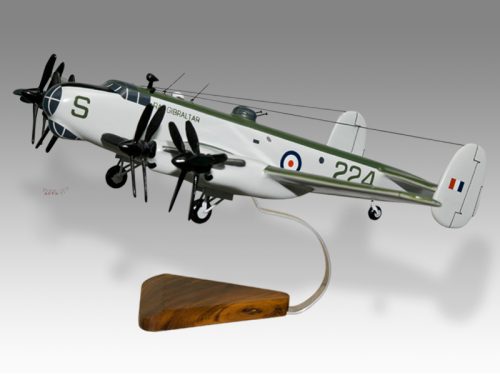
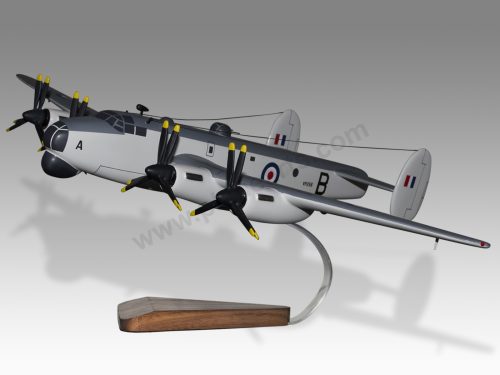
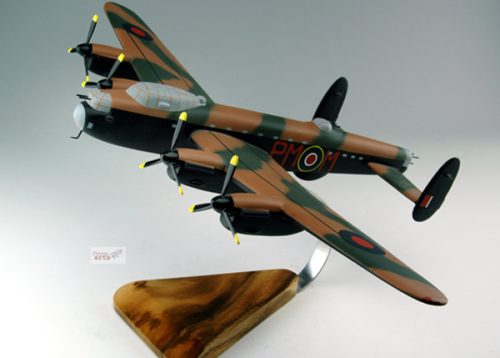
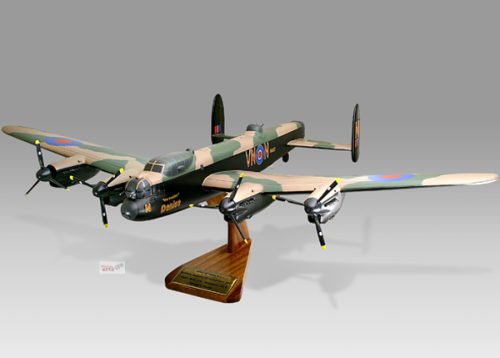
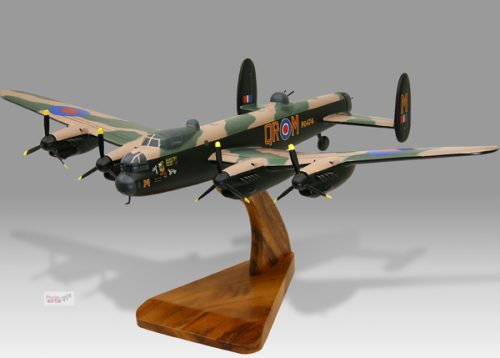


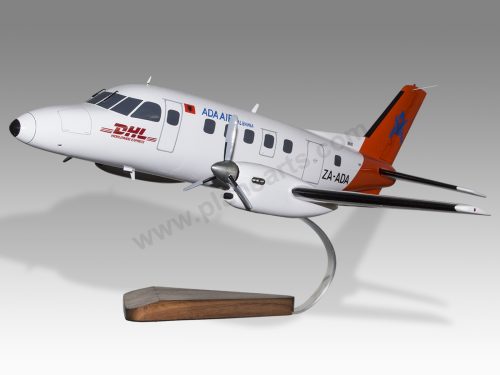

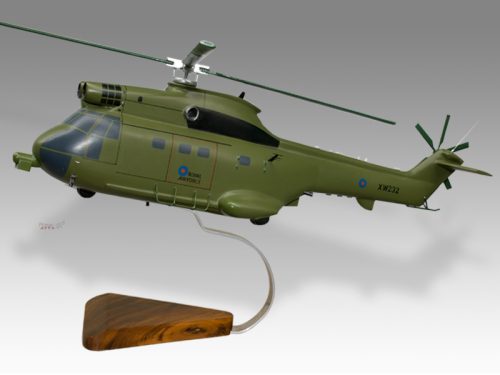

Reviews
There are no reviews yet.